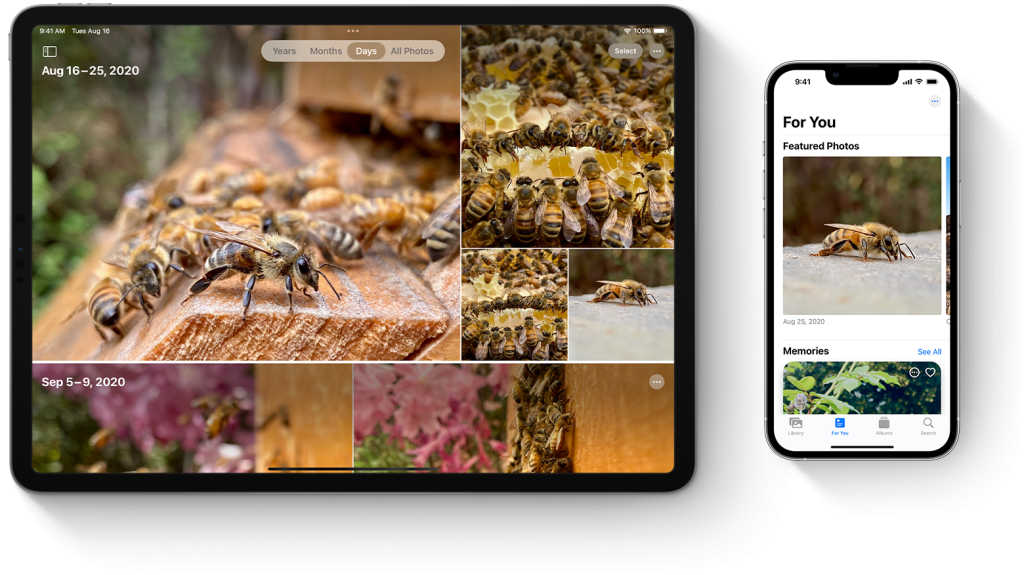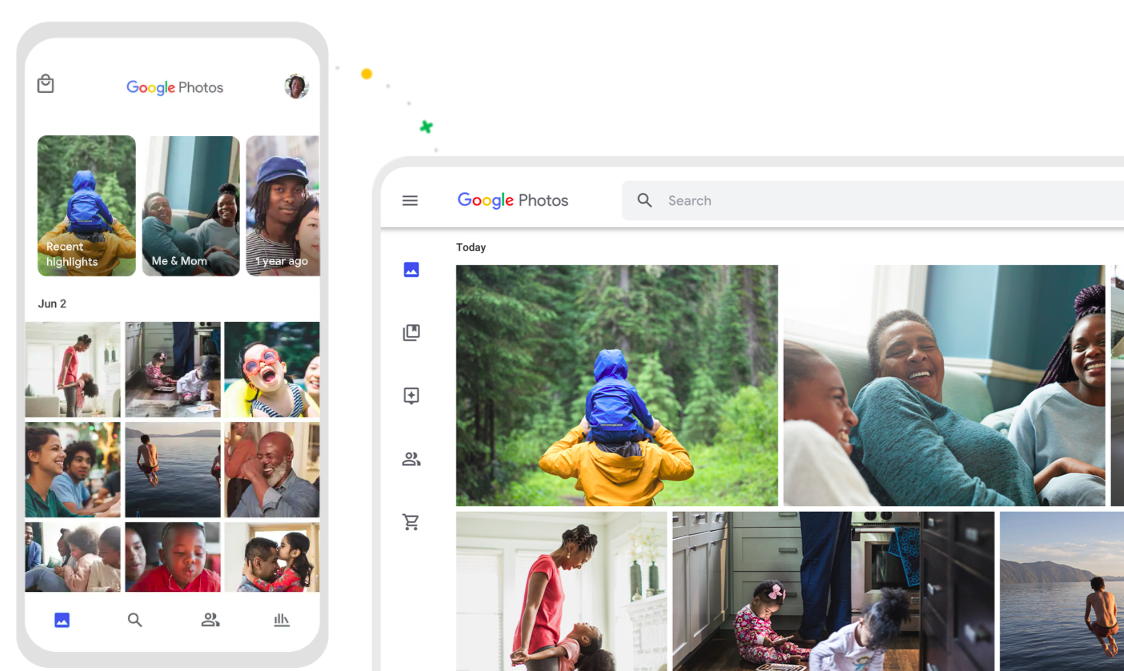Pictures capture moments that will never return. Through photos and videos, we can remember people, experiences, and meaningful moments. The modern era we live in allows each of us to immortalize our favorite moments with ease, simplicity, and speed.
The era we live in is magical, it allows us to document every moment in very high quality.
In the past two decades, the amount of documentation and information that each of us consumes has increased exponentially, and out of fear of losing information, we have a natural need to protect and preserve the photos and videos we take.
Pictures are much more than just a little color on paper or a file on a computer, they are works of art and moments captured from our lives. Although the prints are thin and the digital files are small, the meaning they represent for us is very important.
Therefore, there is nothing worse than losing your photos and videos. From experience - it is a heartbreaking experience.
Moreover, for professionals, losing photos can severely damage their career or reputation.
Therefore, before we rush to dump our photos and videos on a computer or on a service we don’t know, it’s worth stopping for a few moments and reading the following article.
Even if you are not a professional photographer, when it comes to storage, you should take a professional approach to ensure the integrity of your information over time.
Life According to Apple, or Why You Should Keep All Your Information on iCloud
If you’re a fan of the iPhone or Mac, Apple has a great solution for you: iCloud Photos.
iCloud Photos lets you store all your photos and videos, up to 2TB, in a simple and efficient way using the Photos app.
Here’s what I love about the app:
- You can share albums with friends.
- You can create automatic albums and videos based on your experiences.
- The app can show you photos and videos that are not stored on your device. When you click on a photo, it will be downloaded remotely and displayed as if it were stored on your device. This technology is called Sync-on-Demand and it is very convenient for everyday use.
- Apple’s interface is simple and user-friendly. It basically works as a timeline that displays all your media.
- You can use it to make light edits, add filters, share content, tag by name and location, and more.
In terms of costs, the price range varies from 5₪ per month for a 50GB package to 39₪ per month for a larger 2TB package. It is important to note that Apple does not currently have a storage solution for volumes larger than 2TB.

In the past year, Apple’s photo service has added artificial intelligence capabilities that allow you to convert text captured in a photo to a real text file. So if you’ve taken pictures of tables, for example, you can easily convert them to a PDF file for your use.
You can click on a phone number that appears in a picture and dial that number without any problems.
The artificial intelligence engine that powers Apple Photos makes using the service unique and enjoyable.
If you have an iPhone and don’t need more than 2 terabytes, then storing your photos on iCloud is just the thing for you.
Using Android - Google One is the Answer
If you’re an Android user or you just love to work with Google services (Gmail, Google Suite, etc.), then Google’s vast ecosystem is the place for you.
Google’s photo sharing service was originally designed primarily as a way to back up photos and videos taken on smartphones, but over the years it has evolved into one of the smartest services in the entire Google ecosystem.
Google Photos uses artificial intelligence to scan and classify your photos, making searching for photos a simple and user-friendly process. Type “dog” for example, and you’ll be able to find every photo that has a dog in it. The algorithm will also identify people and group all their photos together; after you give that person a name, you can search for all the photos that show them.
It’s also a convenient service for editing and sharing photos. Once you’ve uploaded a photo, you can edit it by cropping and adjusting colors. Once you’re done editing, you can create albums of photos and videos that can be shared publicly or with specific Google users.
Google keeps adding new features too; for example, if Google Photos sees that a certain person is in your photo, it will offer to share the photo with them. The system can also automatically colorize black and white photos and perform professional edits using AI tools.
Google’s pricing is pretty much the same as Apple’s, ranging from $1.99 per month to $9.99 per month for a 2TB package.
Here too, the limit is up to 2 terabytes, and for users who need more, Google currently doesn’t have an answer for that.

Breaking All the Limitations and Rules: Self-Storage with Synology
A Home NAS Server is a Great Solution for Those Who Want Full Control Over Their Content or Those Who Have More Than 2TB of Data.
When choosing to work with a private server, you need to take into account its many advantages, which are mostly flexibility, the ability to work with very high storage volumes, and the ability to run anything you want privately and securely.
In the future I will write a separate article about it, but in general I can say that today there are two main companies on the market that produce NAS systems for home and professional use: QNAP and Synology.
I personally have no experience with QNAP and therefore will not elaborate on them in these lines. From talking to friends I understood that they have excellent solutions.
I personally chose to work with Synology and have been using their servers for several years now.
On Synology servers, you can easily install a dedicated application called Photos, which allows you to run a professional photo storage service on your server that is very reminiscent of the services offered by Google and Apple.
The service even has an app that can be installed on your mobile phone and it knows how to automatically back up all your photos and videos directly to your private server and also allows you to view all your photos and albums.
Photos allows us to identify faces and people in pictures, tag them and share them with them.
You can also organize albums automatically by event, holiday, location or people.
You can also search for keywords like ‘dog’ or ‘cat’ and the server will be able to bring us any picture that has a dog or cat in it.
Whether you are a professional photographer, someone with a lot of photos, a privacy enthusiast (like me) or even just someone who wants to store all their information on their own and not on ‘someone else’s server’ - there is no doubt that a NAS server is exactly what you need.
I personally recommend Synology and own a DS923+ server with 24TB of storage for my use.
In terms of costs, the cost is very flexible and starts from a thousand shekels for a super-basic system to tens of thousands of shekels for business servers. The cost, of course, varies in direct proportion to your needs.
Summary - Let’s Sort Things Out
Most users with less than 2TB of data choose between Apple and Google, and people tend to choose based on the operating system they run on their mobile device: Apple users will prefer to store on iCloud and Android users will prefer to work with Google.
Once you approach or exceed the 2TB limit, you need more professional solutions.
Whether it’s a private server or a shared storage service like Google or Apple, one thing is for sure: in today’s age we need to choose the right way to secure our information and ensure its survival.
I personally highly recommend Synology.
